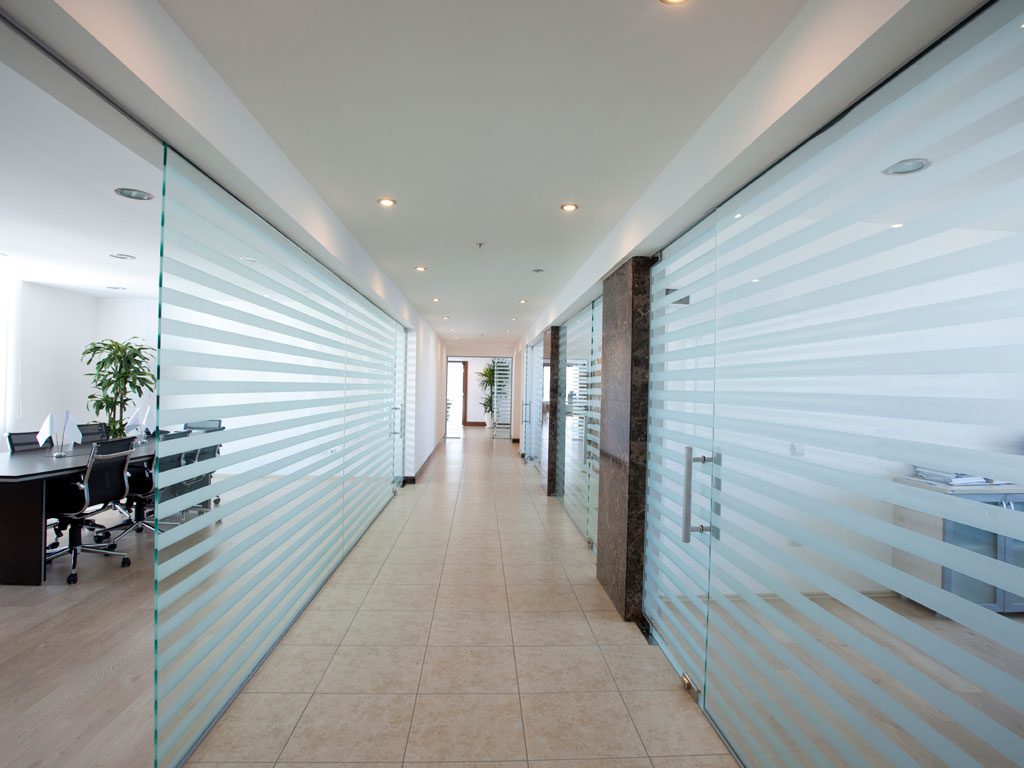Office Space Standards for Mediation Set by Ministry

The importance of choosing a comfortable location for mediation is well understood by the Minisry of Justice in Turkey. Office Space Standards have been adopted and imposed upon sole mediators and mediation centres. Acordingly, the courthouse is not a convenient option for mediation.
Quality of the mediation period depends on where the mediation sessions held, especially in a dispute where parties are located at great distance from each other.
One should not ignore the psychological and emotional impact location has on parties in mediation. The mediation environment enhances party self-determination, supports quality decision-making, and can enhance the appearance of the mediator’s neutrality. It could be the most important decision made by a mediator or a lawyer representing a party.
As stated by Barbara Madonik “Environments send messages. . . . Th[e] [mediation] environment includes the physical surroundings that affect people’s bodily comfort levels. It also involves some less tangible elements: the parties’ relative levels of power, their feelings of safety, and arrangements that convey respect.”
Power Imabalances
The parties convey to each other their sources of power based on education, information, expertise, reputation, persuasiveness, negotiating skill, money or resource control, employment status, emotional intelligence, race, gender, age, religion, or ethnicity. The use of a round table in mediation may help reduce the power-distance between parties and between the parties and the mediator. Careful selection of the chairs around that table can also send important nonverbal messages. We use comfortable adjustable chairs that allow people to easily reach the writing surface of the table. Women, especially, may appreciate this flexibility in the seating arrangement. They may feel more vulnerable if positioned low in relation to the table or in relation to the other parties.
Safety
If people do not feel safe in the mediation process, they will not likely participate effectively. Feelings about safety and control begin before the mediation and end when the parties arrive safely at home after the session. Services of Just & Fair Madiation Centre include;
- Providing maps and directions to the Centre,
- Informing the Centre is accessible by private and public transportation,
- Assuring the Centre location is a site that people will perceive as safe after dark,
- Telling parties in advance parking is available and providing, if possible, free parking passes,
- Advising parties of the location of bathrooms, phones, and fire exits,
- Survey parties in advance to learn of any special needs, such as: handicap access, smoking areas, child care needs, translators, or special dietary requirements,
- Asking all parties to leave any weapons they might be carrying
- Keeping the parties in separate waiting rooms,
- Making sure adequate staff is present to handle an unexpected situation.
- Creating staggered departure times,
- Escorting each party to his or her car after the session.
- Employing private security staff to spot and properly intervene in potentially violent situations.
Party Comfort
To make parties comfortable, the Centre considers many aspects of the physical environment: sounds (both pleasant, like music, and irritating), lighting, temperature control, wall color, carpet texture, the smell of the room and outside areas, and the shape of the room.
Coffee service invites people to mingle and engage in small talk and “sets up a strong kinesthetic, visual, and auditory welcome message for many parties.” Parties with visual preferences will appreciate nice artwork on the walls of the main room and caucus rooms. They will also prefer a neat, dust free, and organized environment. Interestingly, visually-oriented people need a clean space in front of them to literally visualize and analyze the information they receive in the mediation.
Persons with auditory preferences will be easily distracted by noises. Yet, they need to listen carefully to the mediator and the other parties. They will prefer rooms free from phone interruptions, noisy conversations in adjacent rooms, ticking clocks, buzzing fax machines, or outside traffic and construction noises. People with kinesthetic preferences will like soft carpeting, comfortable chairs, and cozy rooms still large enough to allow then to get up and move around.
Color of the walls
The centre is also carefully considered the color of the walls in the main room and meeting rooms. Reds may elicit unease and aggression. Yellows may make parties feel physically warmer, but the color may also elicit feelings of diligence or envy. Blues and greens evoke feelings of safety and tranquility. But, these colors also may make parties feel physically cooler.
Windows allowing natural light will make a room feel more spacious, but the mediator is able to control any glare and outside distractions with curtains or blinds. Lighting fixtures work properly. People with auditory and visual preferences will be distracted by buzzing or blinking fixtures.
The main room and waiting rooms have adjustable temperature controls. The mediator may set the temperature higher in the morning and lower it after lunch when parties may feel lazy.
Amenities
We are aware the importance of food in mediation to build rapport, to energize parties, and to show respect for their needs. Our mediators will remember to bring flip charts, markers, calculators, and notepads for the parties. They will make available phones, fax machines, laptop computers, and printers. Our mediators also make tissues available since crying is an acceptable and normal event that happens during this stressful time.

Leave a Comment
(0 Comments)